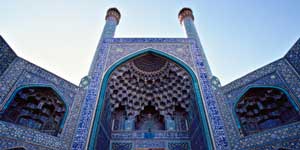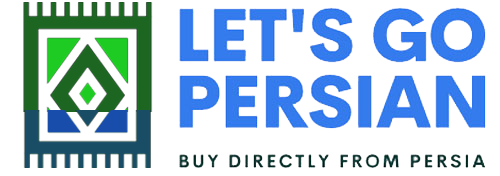Interesting facts about Semnan
Semnan is the capital of Semnan province, southwest of Alborz mountain range and north of Kavir plain on the way from Tehran to Khorasan. There are facts about this city that we will discuss in this article.
Semnan is one of the cities of Iran, which is located in the south of Alborz mountain range. In addition to natural attractions, this city also has beautiful historical attractions. Semnan is one of the cities with an adventurous historical background and this city can be seen with the view of a proud historical city.
Semnan is adjacent to Damghan Shahroud cities from the east, to Darjezin, Mahdishahr and Shahmirzad from the north and to Sorkheh from the west. Its distance to Tehran is 216 km and it is connected to the Tehran-Mashhad national railway and has two airports. Semnan is the most populous city in Semnan province. Semnan has a dry and temperate climate and its people are Aryan and speak Persian.
In this article, we have gone to interesting facts about this city, join us to know more about Semnan:
1. During the Median Empire, all of present-day Semnan was part of the great Median Empire. After the Medes, Cyrus the Great, after conquering Asia Minor, went to the eastern regions of Iran and advanced to the Seyhoun River.
2. Cyrus added the province of Parthia, which included Khorasan and Kumesh (Qoms, roughly present-day Semnan province), in addition to Sistan (Zarang) and Khorazm to his territory. After Cyrus, Cambyses came to the kingdom, and according to Cyrus' will, the rule of Khorazm, Parthia and Carmania (Kerman) was given to Berdia. During this period, Semnan, like Poli, connected the three states of Raga (Rey), Khorasan and Astarabad (Gorgan).
3. After the invasion of Alexander the Great and the Seleucid rule, the Seleucids gave the Iranians a lot of power to satisfy the Iranians and not to revolt. To keep the people happy, the party rulers also built sixty cities in the state of Koomesh, including Apama (present-day Lasjerd of the villages of Sorkheh) and Hekatmoplis (present-day Sadrvazeh or Damghan). During the Parthian period, Koomesh was one of the eighteen Parthian states and was known as Komisan and Qomis.
4. In the Sassanid era, Semnan, due to being located in the center of traffic north and south and east and west, has always been a place of power struggle. During the Sassanid period and after Islam, the bases of central government bases in this area were.
5. Many of the surviving buildings in this city belong to the Ghaznavid period and the time of Sultan Massoud Ghaznavi and its aftermath, among which we can mention the "Minaret of the Semnan Grand Mosque" and "Pir Alamdar Tomb".
6. During the Ismaili period, Semnan was one of the important centers of this government, so that about 150 castles in Semnan were at the disposal of the Ismailis.
7. During the Mongol era, Semnan, like other parts of Iran, was not spared from the attack, killing and slaughter of this people and suffered a lot of human and financial losses. This slaughter continued during the reign of Timur Lang, who started the invasion of Iran in 783 AH.
8. After the emergence and establishment of the Safavid rule, Shah Ismail Safavid suppressed the beheaders of the provinces. For example, the ruler of Firuzkuh Fortress was captured and thus, the provinces of Firuzkuh and Khawar, Semnan and Sangsar and Sorkheh were captured by the Safavids.
9. Karim Khan Zand reigned in Iran as a lawyer for 29 years, but during this period he gave the cities of Semnan, Damghan, Shahroud, Bastam, Sorkheh to the elders of the Qajar family. After the death of Khan Zand, Agha Mohammad Khan left Shiraz and went to Kumesh and Damghan, and by gathering some members of his tribe, he was finally able to reach Kumash province (Semnan, Damghan and Bastam, Sorkheh and Miami) and the southern province of the Caspian Sea. .
10. Semnan received a lot of attention during the Qajar period and especially during the time of their conquest (who was born in Semnan). Fath Ali Shah chose his three brothers from Semnan to rule Semnan, but the oppression he inflicted on the people of Semnan eventually led to the uprising of the people led by elders and thinkers and their joining the ranks of constitutionalists.
11. At the beginning of 1340 AH, during the prime ministership of Dr. Ali Amini and the Ministry of Interior, General Azizi, following the historical tradition, according to the approval of the Council of Ministers, Koumesh province (Semnan, Damghan, Shahroud, Bastam and Sorkheh) and south of Tabarestan, namely Sangsar And their subordinate points) in terms of divisions of the country was registered under the name of the Governor of Semnan. Its government center was also determined and established in the city of Semnan.
12. Semnan city has 7 famous old neighborhoods. These neighborhoods are: Esfanjan (Spanjan), Letibar or Sissar, Shahjoo or the current Jihad, Nasar, Zavogan, Kushmaghan, Kadivar, Imranko and Malhi.
13. There are gypsum, salt, zeolite, bentonite and celestine mines around Semnan. One of the important underground resources of Semnan city is the oil well of Delazian in the south of this city. The minerals in these mines are: gypsum, salt, iron ore, carcass stone, limestone, decorative stone, porcelain, coal, sodium sulfate, mica, bentonite, zeolite, kaolin, bokist, industrial soil, silica, dolomite, feldspar , Turquoise, celestine, lead, marble, travertine, fluorine and manganese.
14. Semnan has been the space center of Iran since the beginning of 1350 until today. The Aerospace Industries Organization has an air base 45 km southeast of Semnan and 80 km southeast of the city has a space base where the Safir Omid satellite and other satellites and long-range missiles are launched from this base and center.
15. Semnan was one of the important options for transferring the political capital of the country in 1392.
16. Semnan has been the transit point of many tribes throughout history due to its geographical location.
17. Semnan Grand Mosque is a very old and valuable building in Semnan. Over time, many changes and developments have taken place in this mosque, but today it shows the works of the Seljuk and Timurid eras. Scholars believe that this mosque was built in the first century AH on the ruins of a fire temple. Semnan Grand Mosque has been of great religious, cultural and social value throughout history. The architectural style of this building is Azeri architectural style.
18. The minaret of the Semnan Grand Mosque is one of the historical minarets of Iran belonging to the Seljuk period, which is located in the northeast corner of the Grand Mosque. The height of this minaret is 20/31 meters above the ground and from the roof to a height of 2 meters is an inscription with a very beautiful design and pattern of bricks and decorated with Kufic script. This building is the oldest minaret in Iran. In the center of this minaret is a wooden axis that moves the whole minaret by shaking it.
19. Most residents of Semnan speak Persian. Among the cities of the province, the residents of Sangsar and Ivanki are not the only ones who speak Persian and speak Sangsari and Tati languages. Semnani language, which is the most native language of the province, has given its place in the center of the province almost to Persian, but its different types are still common in many cities and villages such as Mahdishahr, Sorkheh or Lasjerd.

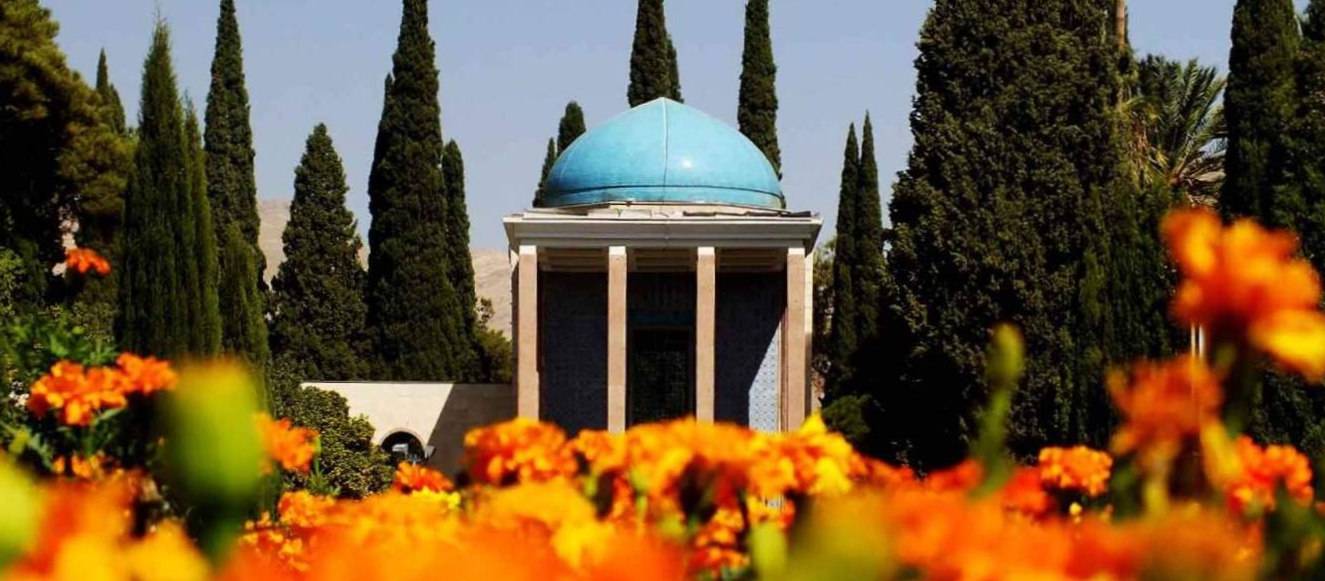



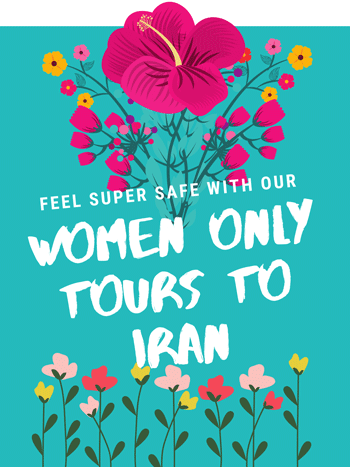
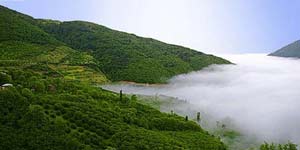

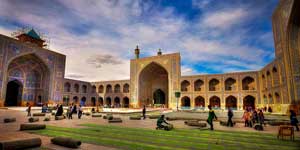
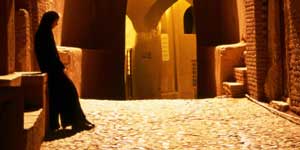
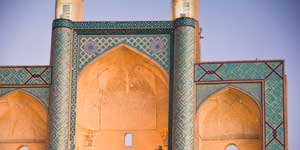
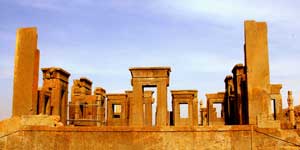
 > Shiraz >
> Shiraz >  > Isfahan
> Isfahan